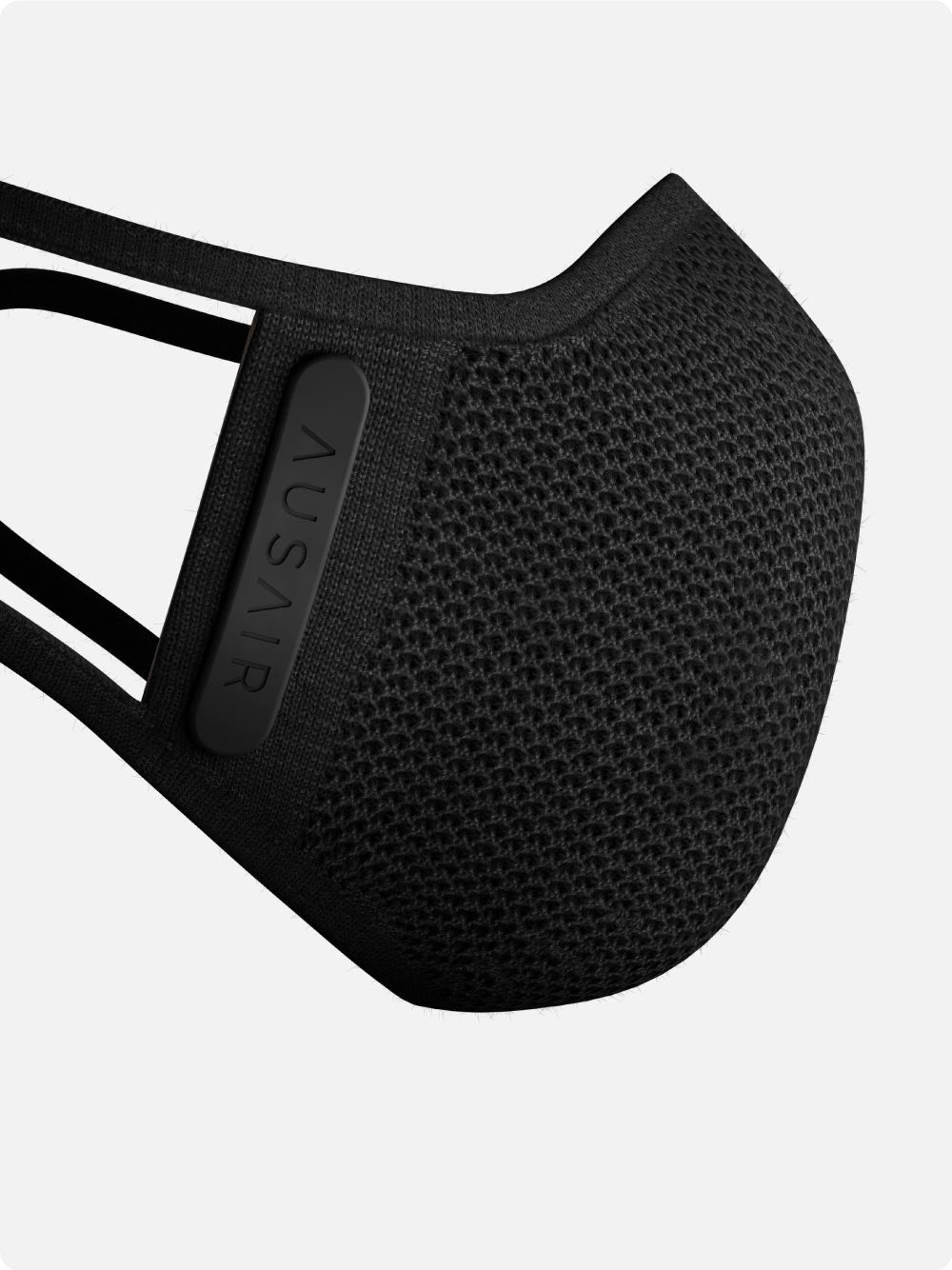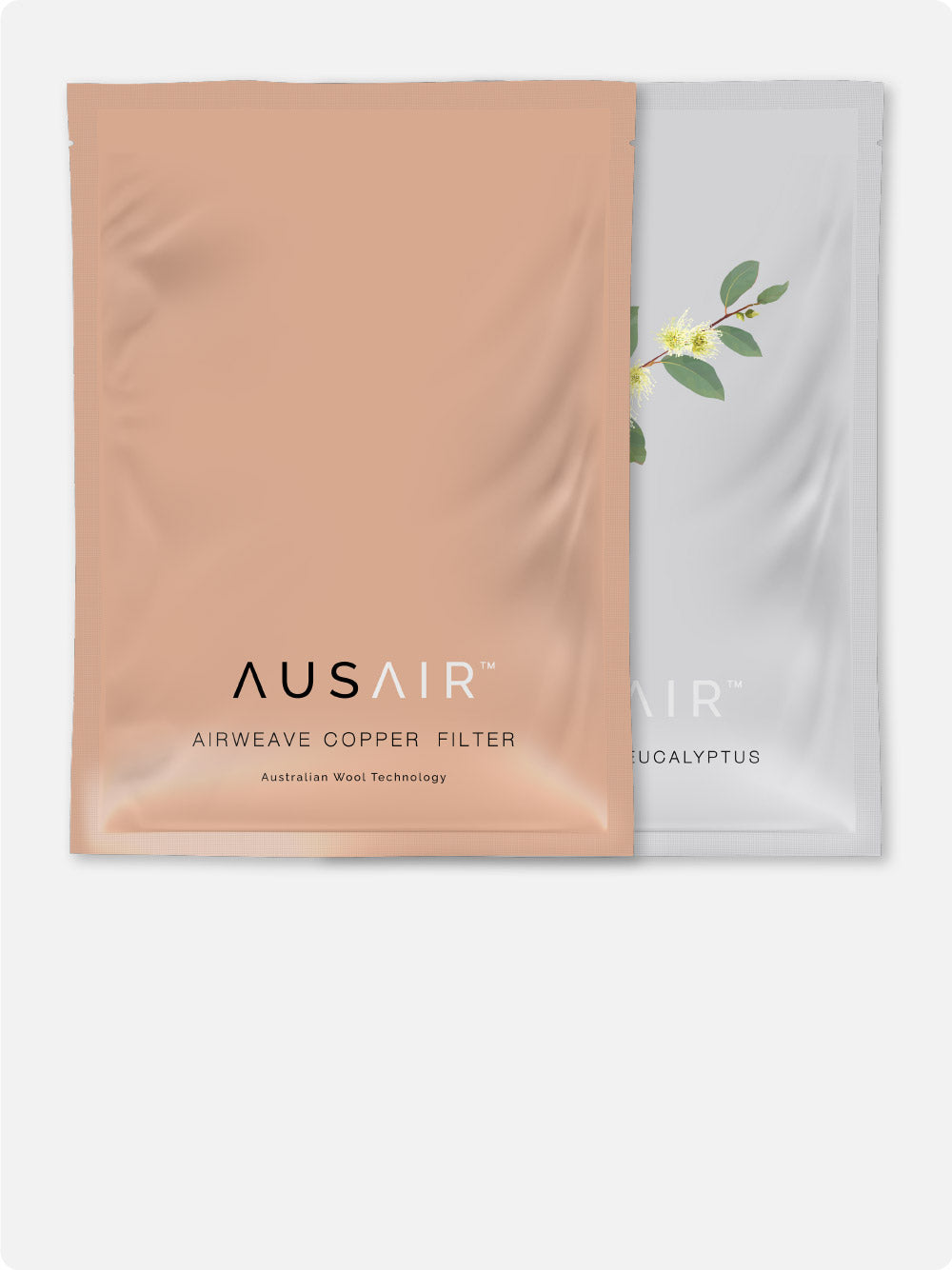What Actually is PM2.5?
It’s easy to recognise when food is mouldy or when water is dirty, but when it comes to the air we breathe, how can we really tell how clean it is? The average person takes around 20,000 breaths per day. All that we inhale travels into our body through the respiratory tract, entering our lungs and eventually our bloodstream. Whilst some larger particulate matter (PM) are visible to the naked eye, most are not. Chemicals, smoke, viral and bacterial droplets, dust or allergens, in the form of liquids, gases, or solids are just some of the particulate matter that can be in the air we breathe. These suspended particulates are 25 to 100 times thinner than a human hair and can cause severe risk to our health.
What Causes Particulate Pollution?
The air quality, that is the amount (or lack) of particulate matter in the air at a given time depends on where you are and what is going on around you. These particles are released from a variety of sources, both indoors and outdoors. In an indoor environment, PM levels are normally lower that outdoors, however there are a few things that increase the levels of particulate matter in the air of an indoor space:
- smoking
- burning candles or fires
- cooking
- cleaning using common chemical products
- using aerosol room fresheners, hairspray or deodorants
Outdoors is where the vast majority of particulate matter emissions occur, generally from human-induced burning of fossil fuels. The largest contributors to poor air quality outdoors are:
- Combustion vehicles (exhaust fumes, tyre wear, and brake dust)
- Coal power plants
- Industrial and agricultural emissions
- Residential electricity generation (heating and cooking)
- Manufacturing and distribution of chemicals globally
- Crop or garbage burning
- Natural events like wildfires, volcanic eruptions and dust storms
What’s All the Fuss About PM2.5?
The “2.5” refers to the diameter of the particle being less than 2.5 micrometers, which is about 3% the diameter of a human hair. Since PM2.5 and below are so small and weightless, they tend to stay longer in the air than heavier, larger particles. This means the chances of humans breathing them into their bodies increases. Exposure of any kind to PM2.5 has multiple short term and long term health impacts. Because of their tiny size, particles smaller than 2.5 micrometers are able to bypass the nose and throat and penetrate deep into the lungs and enter the respiratory and circulatory systems where they stay. Immediate exposure to these particles will cause irritation in the eyes, nose and throat, coughing, sneezing and shortness of breath. Long-term exposure to PM2.5 can cause lasting respiratory problems and can worsen or trigger illnesses such as asthma, chronic bronchitis, stroke, and heart attacks.
Studies have found strong correlation between exposure to fine particles and premature death from heart and lung disease. The Journal of the American Medical Association reveals that continual exposure to PM2.5 can lead to plaque buildup in arteries, causing inflammation and hardening which can eventually lead to heart attack and stroke. The study estimates that for every 10 micrograms per cubic meter (μg/m3) increase in fine particulate air pollution, there is an associated 4% increased risk of all-cause mortality and a 6% and 8% increase in cardiopulmonary and lung cancer mortality, respectively.
The World Health Organisation does a great job at explaining the risk air pollution poses to your health:
How to Find Out PM2.5 Levels Where You Live?
Levels of PM2.5 are measured in micrograms per cubic meter (μg/m3). Often there is a dedicated column for PM2.5 alongside a good Air Quality Index (AQI), like My AQI Air or Shoot I Smoke. On a very clear and non-hazy day, the PM2.5 concentration can be as low as 5 μg/m3 or below. The 24-hour concentration of PM2.5 is considered unhealthy when it rises above 35.4 μg/m3.
Click here to see the below table of what levels of PM2.5 are harmful, what the AQI is and the relevant precautions to take:

How to Protect Yourself from Harmful Levels of PM2.5
The best thing you can do if PM2.5 levels become harmful is to stay indoors as much as possible. If you are required to go outside, then a basic surgical or cloth mask will not be able to adequately protect you as these masks do not have effective filters to protect against nanoparticles. In hazardous conditions, the best thing you can do to protect your respiratory system from pollutants is to wear a high filtration mask that protects from over 99% of particle penetration. It’s crucial to keep informed so you can make evidence based decisions about your health. You already know its important to eat healthy and exercise, now you know it’s important to breathe clean air too. If you found this helpful, this article with your friends and family so they can be empowered to make the best decision for their health too.
















Leave a comment
All comments are moderated before being published.
This site is protected by hCaptcha and the hCaptcha Privacy Policy and Terms of Service apply.